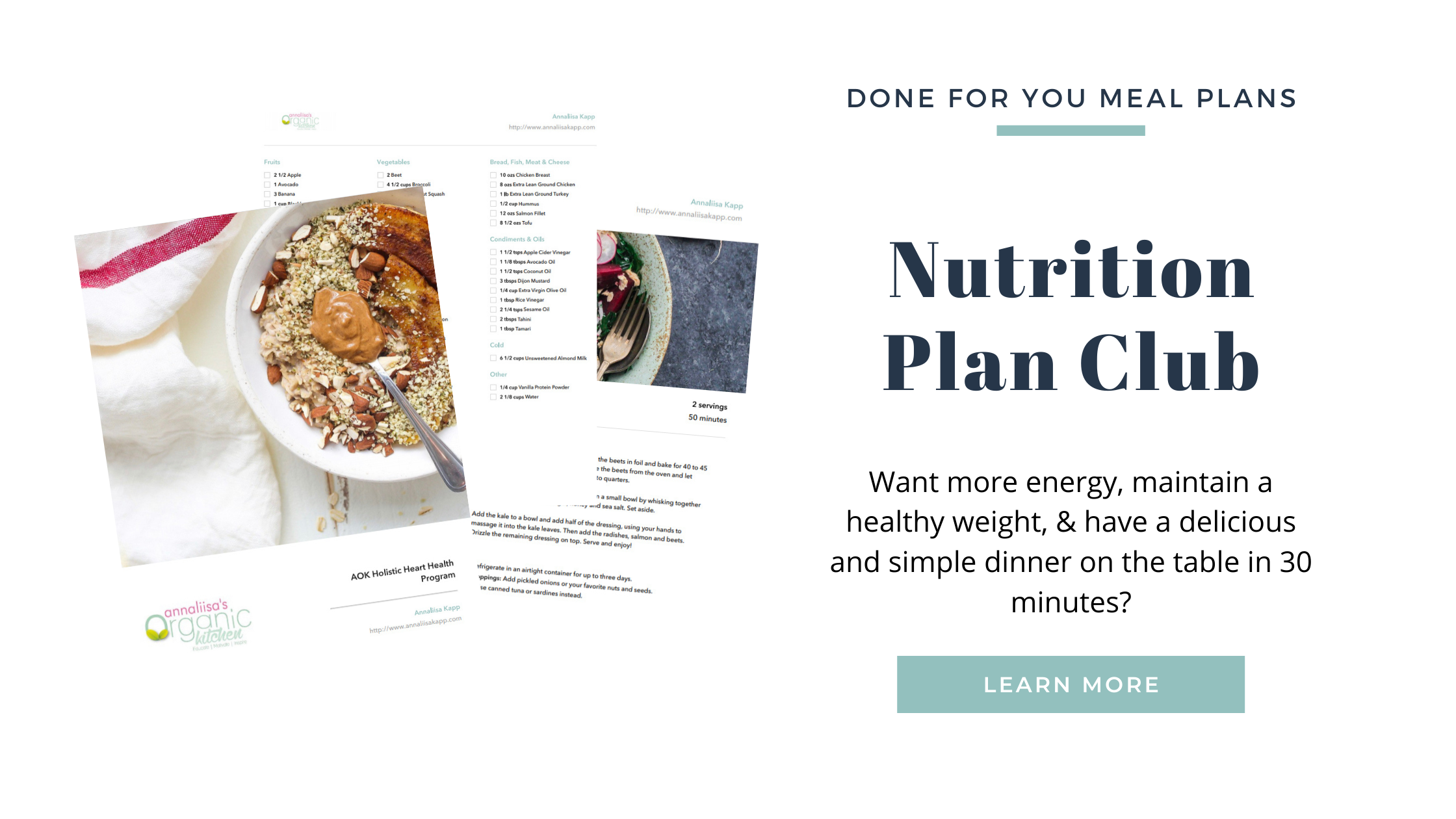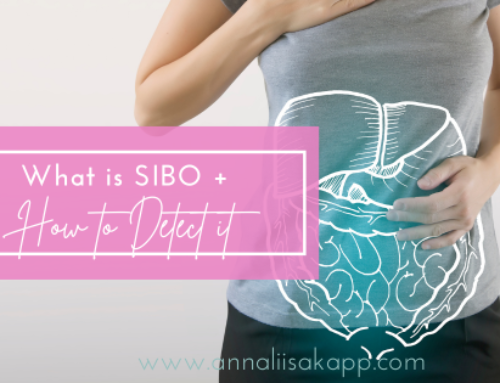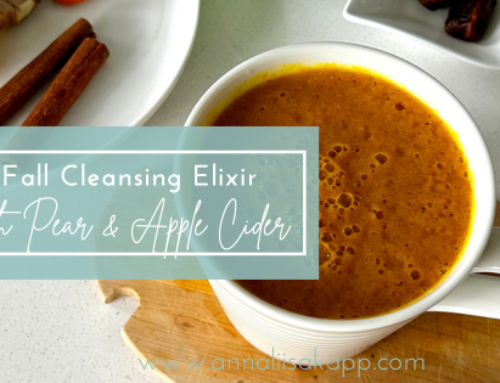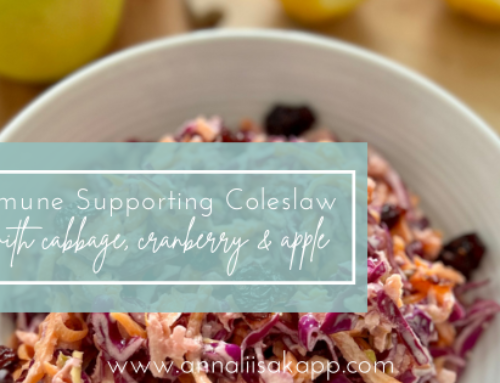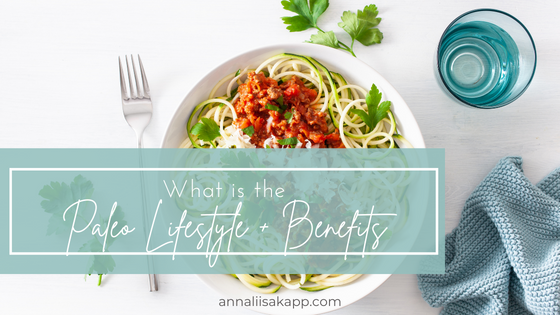
.
You may have heard of the “paleo” diet. It was the world’s most popular diet in 2013.
But what is it? Was it just a fad? Is it right for you?
Scientist and “Paleo Mom” Sarah Ballentyne, Ph.D. defines it as:
“The Paleo diet is a nutrient-dense whole foods diet based on eating a variety of quality meat, seafood, eggs, vegetables, fruits, nuts, and seeds. It improves health by providing balanced and complete nutrition while avoiding most processed and refined foods and empty calories.”
The name “paleo” is from the “paleolithic” time when earlier humans (thousands of years ago) were hunters and gatherers. It is thought to represent the era of nutrition before agriculture.
.
What you can (and can’t) eat on the paleo diet
Of course, being a “diet,” paleo has food guidelines. The paleo diet was created to increase the amount of whole, unprocessed, nutrient-dense foods; while reducing the number of gut-disrupting, hormone-disrupting, and inflammatory foods.
But this doesn’t mean there are only a couple of foods to choose from! There is a pretty wide variety of food to choose from in the paleo diet.
You can include fruits, vegetables, eggs, nuts, seeds, meat (including organ meats), seafood, healthy fats, fermented foods, herbs, and spices.
The paleo diet excludes processed and refined foods (e.g. sugar, vegetable oils, artificial sweeteners, etc.), grains (e.g. wheat, oats, rice, etc.), dairy, and most legumes (e.g. beans, lentils, peanuts, etc.).
The paleo diet can be thought of as more of a “template,” rather than a strict set of rules.
It’s a diet that seems to be easy to maintain, and with little to no negative side effects. There is no measuring or counting of calories or carbs. And there are plenty of delicious and nutritious foods to choose from.
Many proponents of the paleo diet even encourage experimentation by adding in a few of the (healthy whole) foods on their list of exclusions. High-quality dairy, white rice, or potatoes may be added to less restrictive forms of the paleo diet.
.
How does the Paleo diet affect health?
Several clinical studies have been done to find out whether there are health benefits of eating this way.
Some of the research has shown that the paleo diet can help with weight loss and belly fat. That alone may be reason enough to give it a try.
Not to mention its effect on several modern-day chronic diseases. For example, it can improve risk factors for heart disease. It has also been shown to reduce inflammation, improve glucose tolerance, and even reduce symptoms of some autoimmune diseases.
It’s also thought to be “gut-friendly” because it includes a lot of high-fiber foods (i.e. fruits, vegetables, nuts & seeds), fermented foods (which contain gut-friendly probiotics), as well as being full of nutritious natural foods.
Who should consider a paleo diet?
Some people recommend the paleo diet for those with food intolerances or autoimmune diseases. Those at high risk for heart disease or diabetes may also be good candidates to give the paleo diet a try.
If you react to gluten or lactose, this diet removes them both by eliminating all grains and dairy.
Even if you don’t choose to go paleo, the elimination of added sugars, processed and refined foods can (should?) be a goal to move toward.
Conclusion
The paleo diet is based on what hunters and gatherers ate thousands of years ago. It is a whole-food based, nutrient-dense diet that focuses on fruits, vegetables, eggs, nuts, seeds, meat, seafood, and fermented foods.
Science has shown that it can help some people to lose weight, reduce risks of heart disease, improve glucose tolerance, and reduce inflammation.
At the very least, eliminating added sugars, processed, and refined foods are a great goal, even if you decide not to “go paleo.”
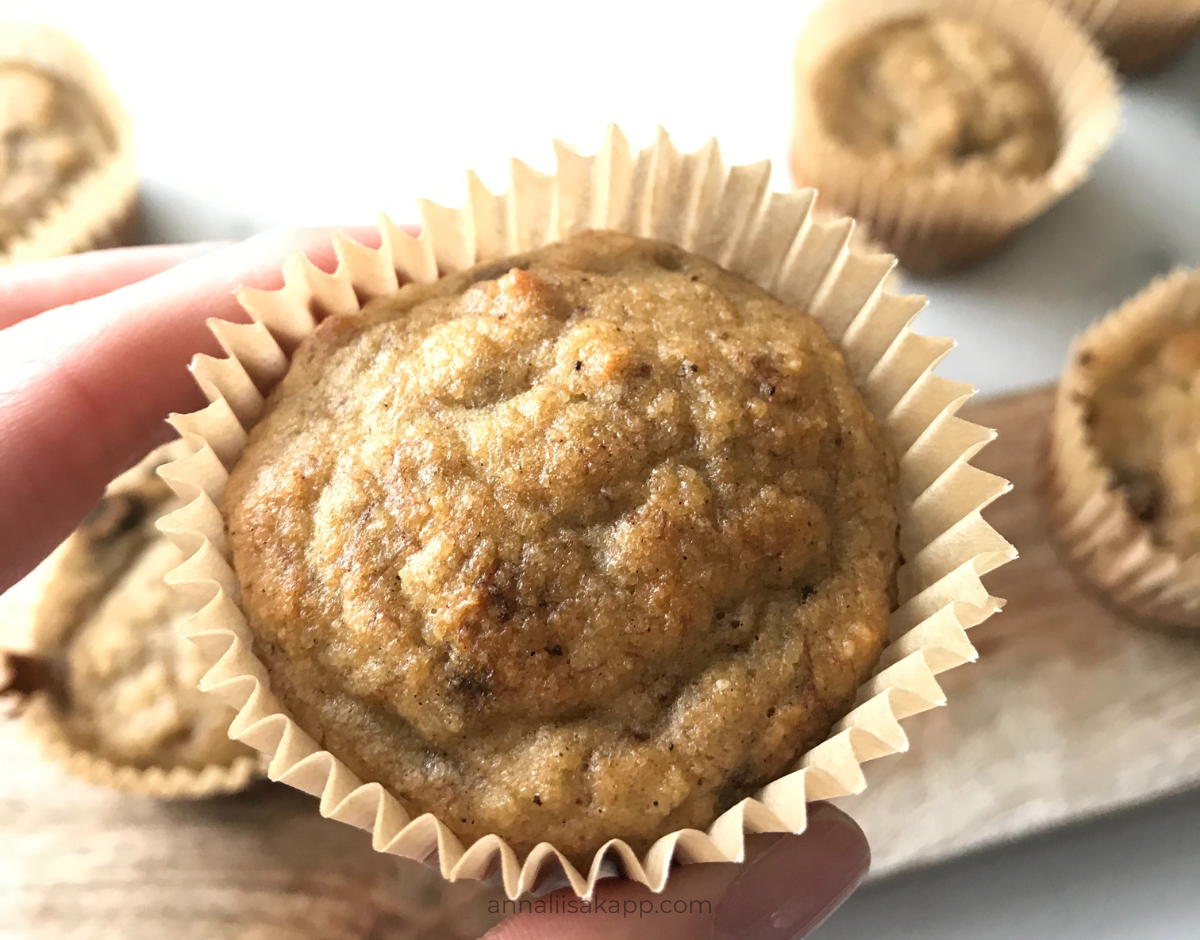
Recipe (Paleo): Banana Muffins
Serves 12
3 large eggs
5 mashed bananas
½ cup almond butter
¼ cup coconut oil
1 tsp vanilla
½ cup coconut flour
1 tbsp cinnamon
1 tsp baking powder
1 tsp baking soda
pinch of sea salt
How to make:
Preheat oven to 350F. Line 12 muffin cups with liners. In a food processor or stand mixer, blend eggs, bananas, almond butter, coconut oil, and vanilla.
In a large bowl mix coconut flour, cinnamon, baking powder, baking soda, and salt.
Add blended wet ingredients to dry ingredients and stir until combined.Spoon batter into muffin tins, ¾ full. Bake for 15-18 minutes or until golden.
Serve & enjoy!
Tip: You can top muffins with walnuts before baking.
The Fall Season of AOK Nutrition Plan Program starts Sept 24th and the focus is on Metabolic Health
We combine empowering education about how your body works with simple weekly tweaks and action steps to support your metabolism.
- Find solutions to root causes of poor metabolism
- Learn how to optimize your metabolism for energy & fat burning
- Understand which hormones are in charge of your metabolic health & how to detect which hormones need your attention most
- Learn to make simple swaps in your daily foods that have a big impact on your metabolism
- Find out if your current lab results are in the optimal range, how to request functional testing + how to decide which test is the most important one to start with for you
Investment includes:
- 10 Seasonal DFY Meal Plans to make meal planning easy and effortless
- Step by step prep guide to save you time
- Shopping Lists for Each Plan to save money and time
- Brand & Pantry Guides to take the guesswork out of which brands to buy
- Extra Seasonal Recipes Booklet for fun & easy weekend, drink, and dessert recipes
CLICK HERE TO LEARN MORE AND REGISTER. (USE SAVINGS CODE AOKFALL FOR EARLY BIRD SAVINGS)

